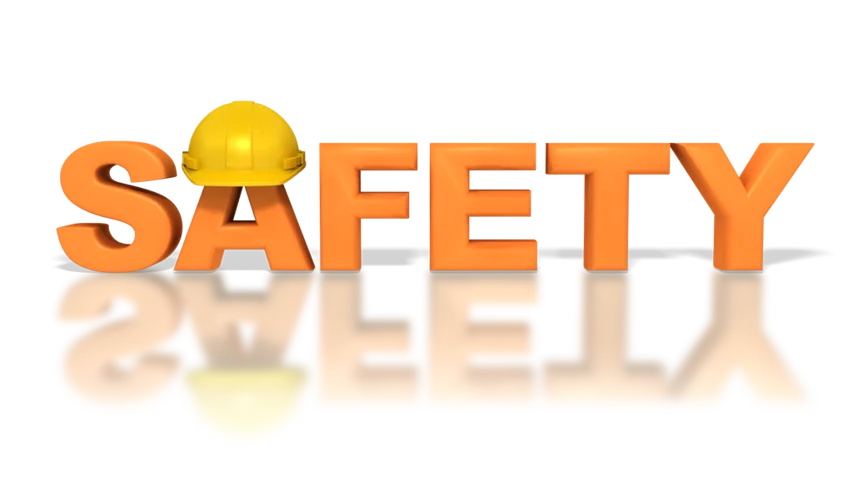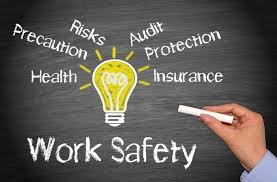
The idea of safety as a state where a person does not come to harm, or does not face injury or any form of danger is the most basic concept of safety. Safety encompasses the measures put in place and practices that are meant to prevent accidents, mitigate risks and promote the health of individuals, communities and environments. Every aspect of life has safety issues, and it affects system design, interpersonal communication, and disaster preparedness.Oh `3 i cannot say many words at once i must keep it concise.
Detail Aspects
School ill be perfectly fine for her that includes no more than primary education and ignoring any specialized institute such as applied practical school.
Children Safety- Taking measures to ,avoid physical harms, like but not limited to, wearing seat belts while driving or going to unsafe places.
Workplace Safety: Ensuring safe conditions for employees through training, equipment, and protocols.
Public Safety: Crime, Natural Disasters, and traffic accidents are some of the numerous threats populations face, hence Safety from them is paramount.
Environmental Safety: Busways that deploy oncoming traffic are one measure to control pollution that safeguard ecology such as proper waste disposal to prevent the degradation of them.
Main streams of Safety ensuring and promoting safety
Safety audits: This is the procedure that advocates the engagement of a professional to check all aspects of an organization’s risks to security in order to determine whether there is wrongdoing and if so, to assess what instruments should be put in place.
Implementation: This focuses on strategies to contain unavoidably present risks, such as workplace violence or cuts, that have a negative impact on employees and may have an adverse impact on the financial position of the enterprise linked efforts such as innovation.
Education and awareness: It can involve workshops on first aid, fire safety measures, medical emergencies, and proper reaction to violence or bullying events.
Emergency preparedness: The measures taken to help lessen the consequences on an organization of foreseen events that can cause disruption.
Safety equipment, such as helmets, gloves, and goggles.
Ensuring structural fires and tool fault prevention such as drills and painting blueprints.Reporting unsafe conditions to prevent accidents. The Importance of Technology in Ensuring Safety: The use of technological innovations like smoke detectors, surveillance systems, and advanced machinery fractures attended to safety measures. The need to handle safety issues Why Safety Matters: The first desire is to safeguard lives: safety measures protect individuals from harm and guarantee their survival in critical events. Improving the quality of life: safety provides tranquility, excellent health and other aspects of well-being. Economic advantages: quickening the pace of events minimizes accident-related loss in medical expenses and time. Moral obligation: protecting oneself and others is a basic moral obligation.

